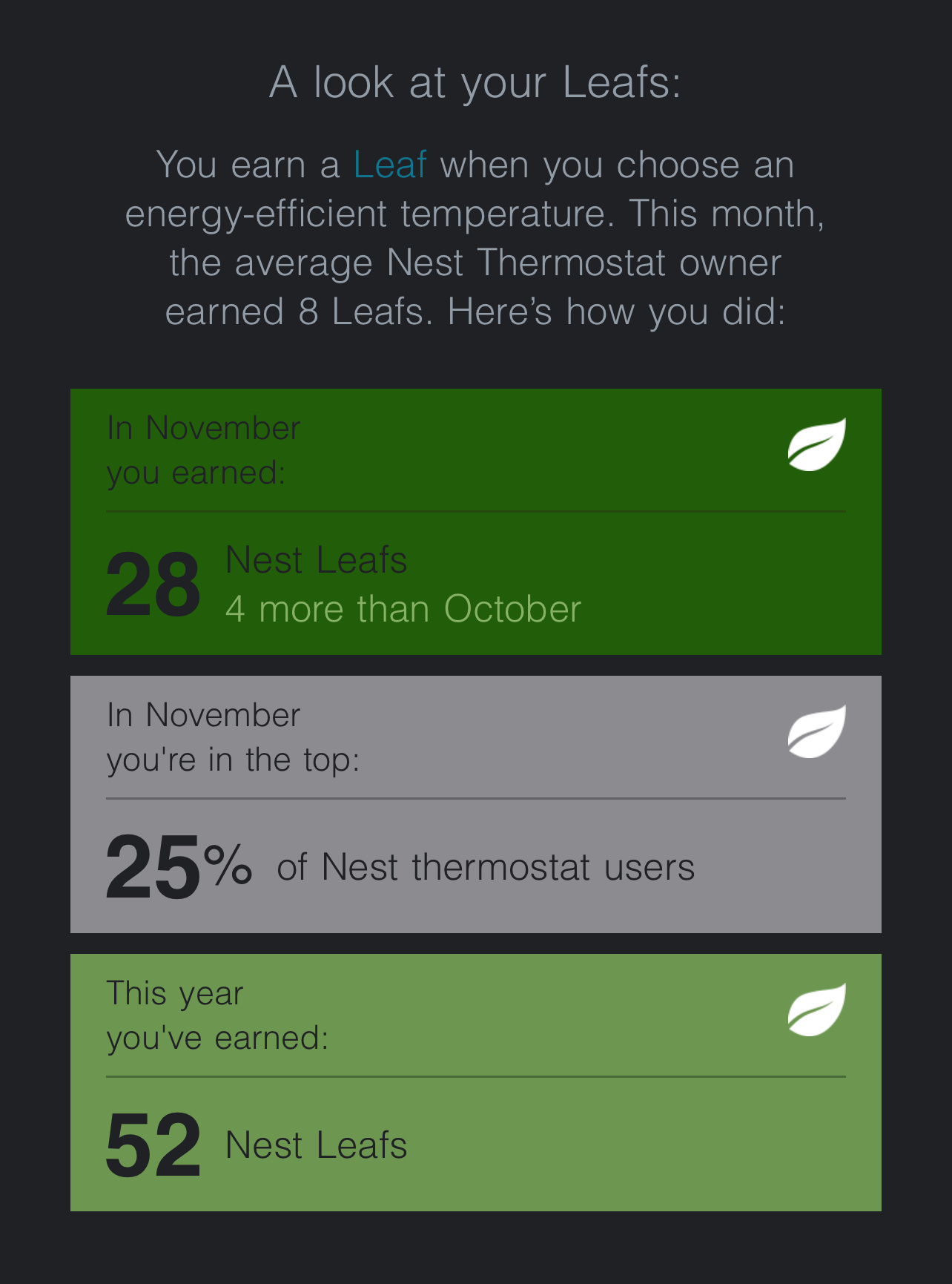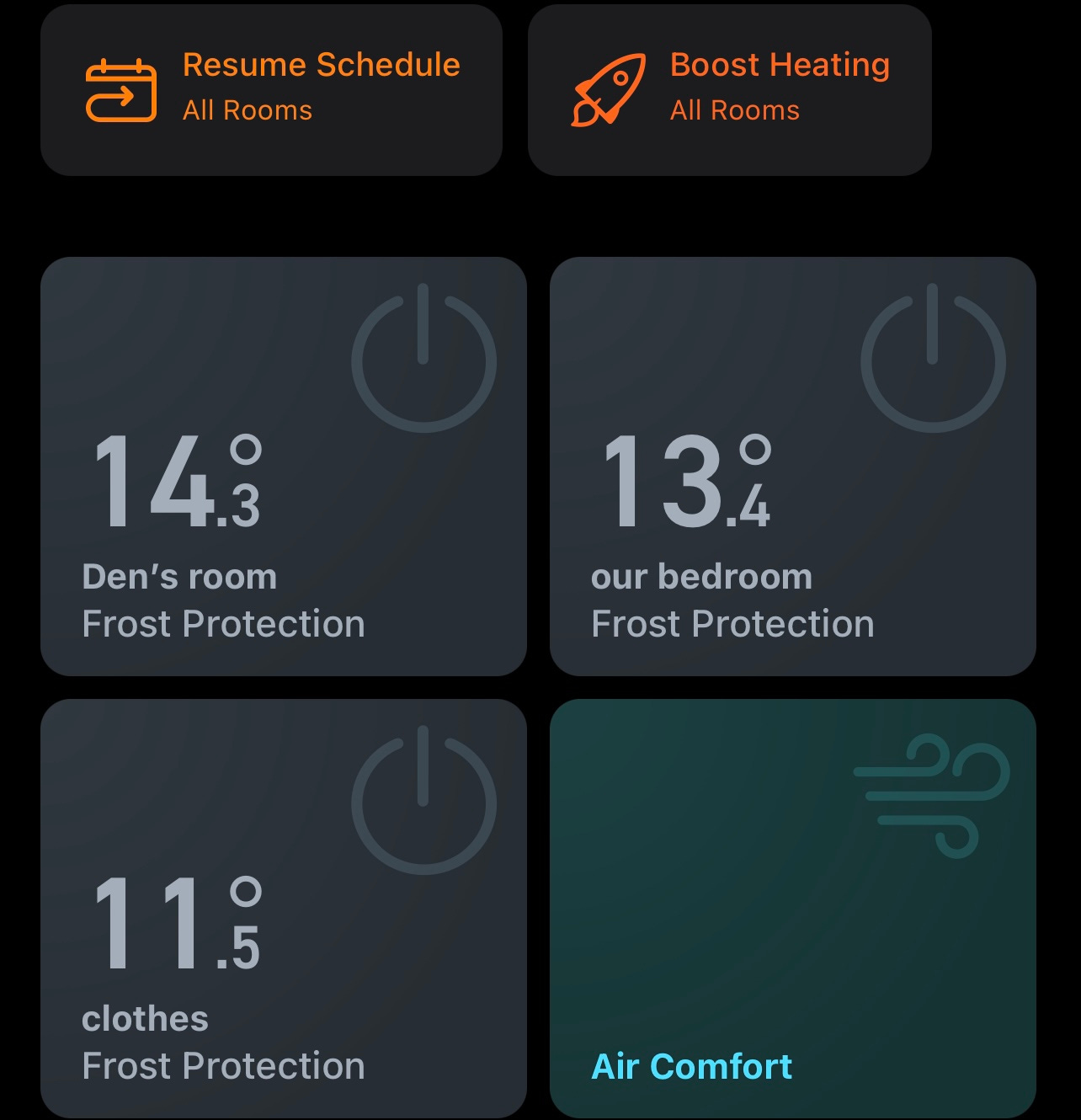The challenge of keeping warm
Coping with nosebleed energy costs is no fun. But I’m trying. Here’s what I’ve learned so far
When the first wave of energy price hikes occurred at the beginning of the year, EDF our default provider jacked up our monthly direct debit 54%. Given what we knew about prices, that seemed reasonable if unwelcome. But with a second wave of price increases coming in October we could envisage forking over the equivalent of a modest mortgage. Today, we’re paying almost 3x what we were a year ago.
While there are only two of us living at home we have a comparatively large house because we need the space to house our interests and entertain a large family during the year. Truth be known we’d largely ignored energy costs but could no longer afford to do so.
Our house has a mix of underfloor heating for a large kitchen, diner, sitting room with a wet system throughout the remainder of the house. That system feeds seven radiators. Running the two systems off a single wireless thermostat that really controlled the underfloor system was a nightmare because it meant we were constantly adjusting thermostatic valves on the radiators in an effort to manage overall usage.
During the summer we invested in a two zone Nest system, one to control the underfloor while the other controls the wet system. Even that was not enough because once again, while we could get a measure of control, the thermostatic valves are not precise enough to optimise usage.
The next step was to add TaDo valves to the main rooms needing them. We chose to add three for the main rooms we use most frequently and turning two of the remainder to frost settings. We left the final rad in an en-suite alone but that might change. The rad valve ib the room where we keep the wet Nest has to be fully open or Nest doesn’t work correctly.
None of this was cheap. Even with careful buying we’ve still forked over around £1,300 for the full plumbing and electrical installation. Has it made any appreciable difference? It’s hard to say with certainty although I’m hopeful and, so far, despite sub zero temperatures outside, we appear to be in good shape. Unless our usage sky rockets in the Jan-Feb period then we should end up where we were a year ago in terms of the direct debit set at that time. That should translate into an effective payback of around 12 months against current costs.
Alongside this work, we had smart meters installed and use Hugo to monitor usage. Nest provides a monthly report which provides benchmarking data. Beyond all that, we’ve changed our lifestyle. While I might wish to use my man cave for many hours each day, it’s no longer viable unless I install another Nest and that’s not worth the cost. We layer up our clothes, even indoors - something we never did in the past. We use hot water bottles to supplement the main bedroom heating, something we last did when we had no winter heating in Spain but where the temperature rarely got below 5degC and daytime sun lifted it to 10-12degC, even in the mid-winter. I now batch cook meals where it makes sense so that we only have to reheat in the future. This has the side effect of ensuring that our freezer usage is optimised. When family come to the house we try restrict ourselves to using one room. That isn’t always possible.
We are learning to live with a keen regard to the cost of energy and developing a ‘system’ that allows us to remain reasonably warm without blowing up our bank account. It means for example that when the house is empty, we don’t allow the place to get stone cold as it costs a small fortune to warm a large room from 10-11 degC to a more comfortable 18-19degC. But we will use a gas fire in a second sitting room to kick start warm up rather than rely solely on the Nest controlled system as that is more cost effective.
We keep the underfloor system running at a constant 15degC as we can supplement that heating with warmth generated from cooking. That system is easily boosted if we need to do so via the Nest app. I expect that to be the case when we entertain family over the upcoming Christmas holidays. We keep our heavy curtains closed as long as possible as these provide a good thermal barrier to the outside world. We still have to control the whole environment through two apps, Nest and TaDo, but that’s a minor inconvenience compared to the previous state.
The smart meters remain as a potential issue. Several weeks after installation, the electricity smart meter stopped sending data back to EDF. We knew the data was there as the in house display (IHD) showed both gas and electricity usage. It took nearly two months of back and forth to get an engineer out who sniffed at the meter provided, suggesting that if it ‘failed’ again then we should insist on a replacement for a better model. Why should this matter?
We are trying to figure out usage patterns from the Hugo data but that in turn relies on Hugo getting a data feed from our supplier - EDF in our case. If the feed fails then we are flying blind to an extent.
In their wisdom, EDF has decided that we only get quarterly bills. That’s a pain as we want to know where we stand on a month by month basis and calculate whether we will be in arrears or credit at the end of the full year billing cycle. Today we have to do a bit of mental math using the Hugo data. It’s annoying but nothing that we can’t live with.
The overall experience has illustrated the extent to which our array of energy related systems are disconnected. Nest and TaDo don’t talk natively to one another but we can get over that hump with careful arrangement of how we spend time. If the smart meters go down then there’s no real way to get data. The EDF so-called smart hub only gives us a running financial balance. It doesn’t pull in the usage data it has to provide a projection that would be useful for our financial planning. That’s all down to us. Nest gives us general benchmarking data that is sort of useful, Hugo attempts to project usage but it appears inaccurate. It would be helpful if we could incorporate weather data to see how that impacts usage. My sense is that Hugo will get better at what it does but when and to what extent remains to be seen.
In the meantime we’re trying not to get obsessed with energy usage. Like 99% of the U.K. we are adjusting our lives at a time when our government seems incapable of providing a coherent energy strategy for the future. We are doing what we can to contain energy usage but as we are discovering, there are limits.






I am not surprised at this level of analysis from you Den. An approach to optimise and invest to manage usage and money for energy.
Our approach has been somewhat haphazard, but we are getting there. Living in a tired, draughty, single glazed old Victorian vicarage (bought Summer 2021) has presented some rather big issues with heating and heat retention. First we got rid go the old 1970's concrete mounted boiler that seemed to clunk and whir and deliver not very much that to single skinned similarly aged radiators.
Then, we replaced said radiators and underwent a programme of work this year replacing sash windows with double glazed units and re-glaxing with double glazed units the non-sash windows. 6 more to go when the budget permits. And we double glazed the glass units in the front door and sealed the edges (I kid you not, leaves used to blow under the gap and every morning I had to sweep the hall free of them.)
Back to the heating, our plumber offered us a pretty high tech solution, similar to that Darren describes - we can upgrade to that, its on option, but at the moment we are just trying to get a grip on what each room is like and where our main living areas are (This winter in the new kitchen and for TV, in the recently refurbished sitting room - which has a very very efficient log burner).
We notice that we actually don't need the whole house heating all the time, just the main rooms we use, so we have turned down the radiator thermostats in the rooms we don't use, and we have set the boiler to ping in at 16 degrees (agree with you, heating the big rooms from a mug lower temperature will be a massive job!)
Whilst I haven't gone to the same level of analysis (yet) we have noticed that our gas usage - we are on LPG from a large tank, is much less than this time last year, where we predicted at that time our energy bills would likely be quadruple the price we paid at our last house. So far so good, we are not anywhere near that (yet!!) even with the energy price hikes, but we are probably around double, but bigger house, less double glazing (work in progress) and us working out how the house works best - and we are hoping to cut a bit more £££ as we do more insulation work.
Taking your tips on batch cooking, heating only rooms you use, wrapping up, and we are thinking of hot water bottles for bedtime will surely reduce the energy spend chez Morton. We know we have more to do, and we need to get to a level of analysis on usage, and we will, soon.
Anyway - for now it's quite fun running down the minton tiled hall floor to the cold'ish downstairs loo and back again to the warmth of the sitting room log burner. Much like old times as a child in the 70's when we had the 3 day weeks!
We've been doing similar at our place. Luckily we replaced our boiler a few years ago with one that can modulate it's heat output (instead of just on/off) and fitted a Honeywell EvoHome controller which demands only the heat necessary, keeping the boiler in condensing mode.
Last month we added EvoHome valves to most of the rads, so now each rad can independently call for heat and each room is on it's own schedule. This means I can keep my home office warm during working days while the rest of the house is cooler, the living room heats up only in the evenings and the bedroom warms up just before bedtime each night - all set & forget. I have also been playing with boiler flow temperatures to eek out the best efficiency from the boiler, trying to keep the return temperatures as low as possible while still providing enough heat to warm the house. Me being me, this involved a homebrew setup of temperature sensors on the boiler being read by a microcontroller. This data is sent to a Raspberry Pi where it gets stored in a time-series database from which I can view current and historical data via a Grafana dashboard. That's complete overkill, of course, but was a fun side-project :-)